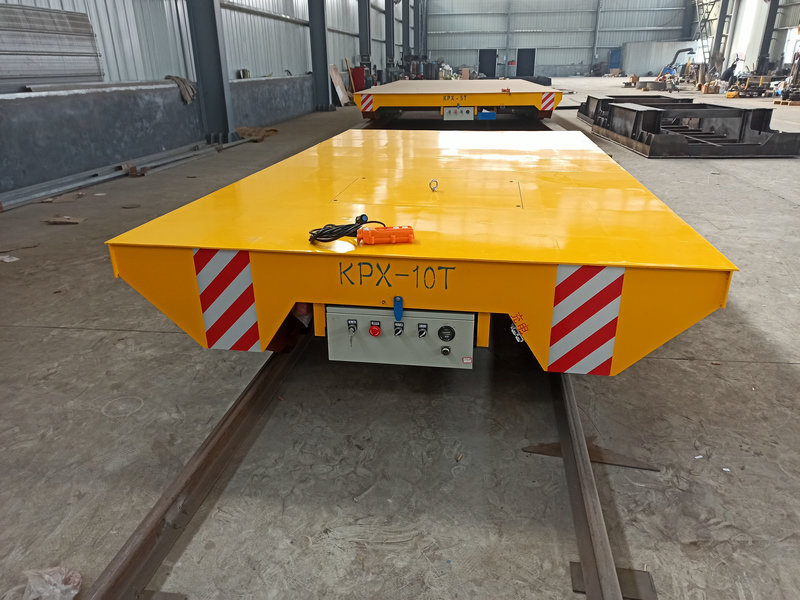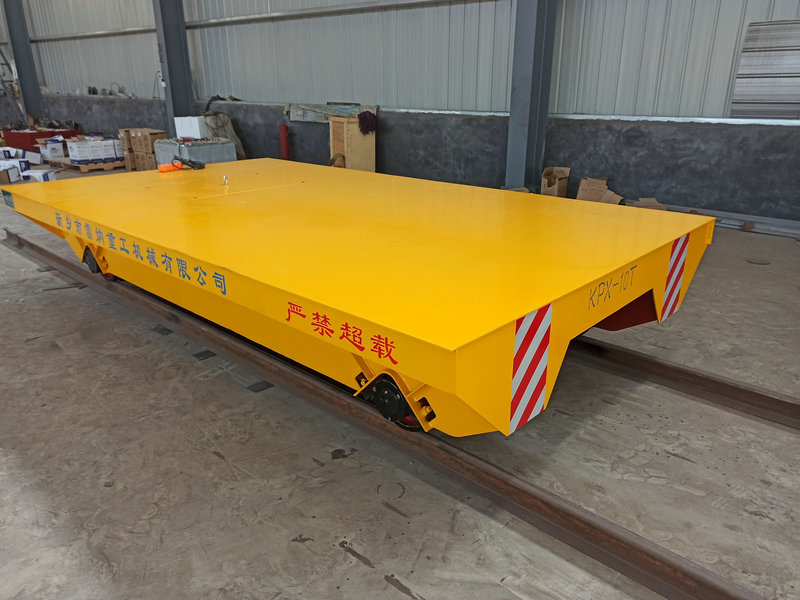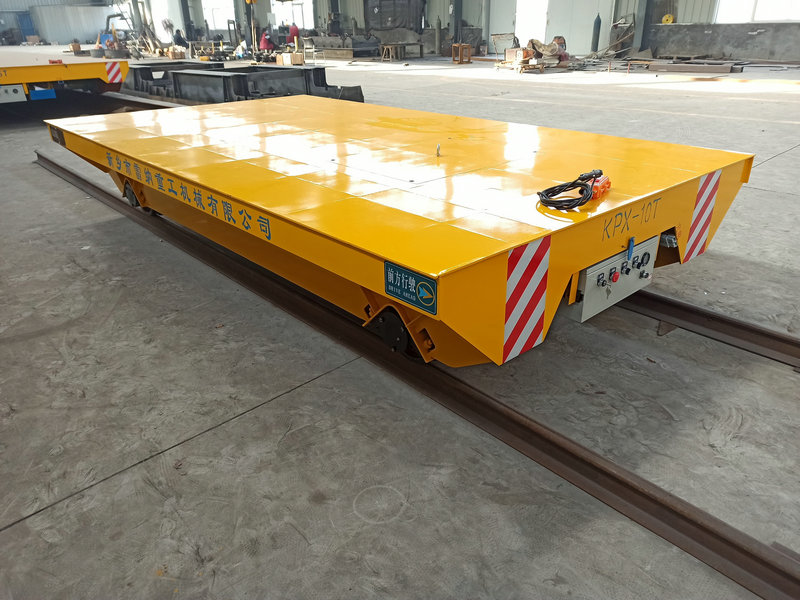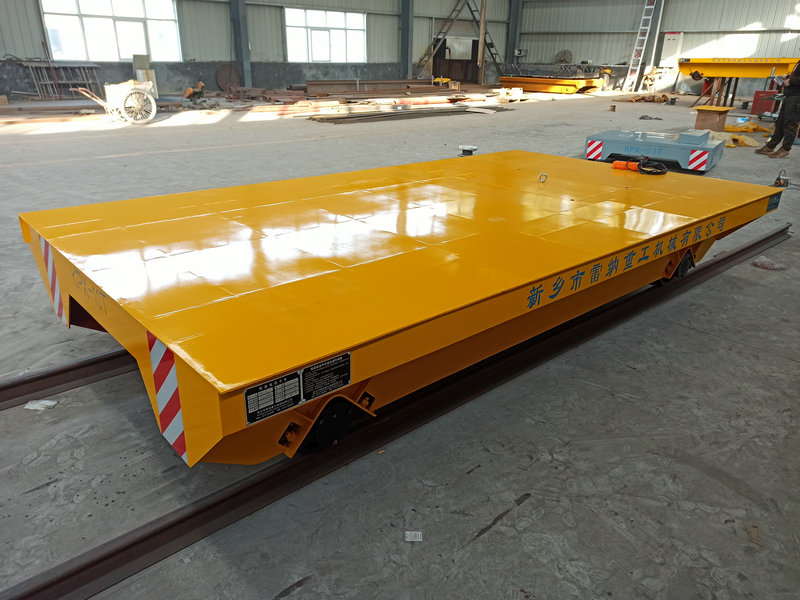The load capacity of the KPX electric transfer vehicle can be adjusted according to actual needs. The following are some common adjustment methods:
Design customization
During the vehicle design and manufacturing stage, the load capacity can be adjusted by changing the frame structure, selecting parts of different materials and specifications, etc. For example, using high-strength steel or aluminum alloy materials, high-strength steel can provide higher strength and load-bearing capacity, but will increase the weight of the vehicle body; aluminum alloy can effectively reduce the weight of the vehicle body while ensuring a certain strength, so that the vehicle can carry heavier goods under the same power conditions. In addition, optimizing the structural design of the frame, such as using a frame-type body structure, can reduce the structural size and reduce the weight of the vehicle body while ensuring strength and stability, thereby improving the load-bearing capacity.
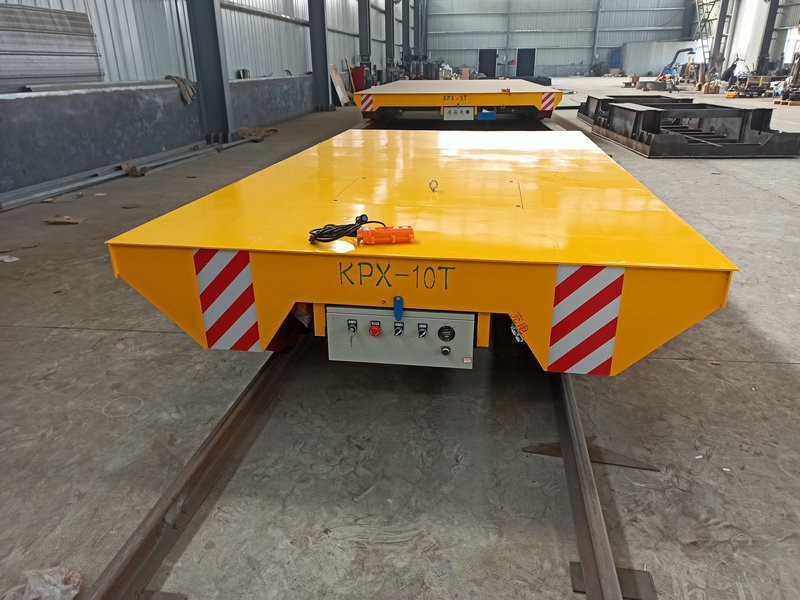
Power system configuration
The power system is one of the key factors affecting the load capacity. The KPX electric transfer vehicle is powered by a battery and driven by a DC traction motor. The motor with appropriate power and torque and the matching reducer can be selected according to the required load. Motors with higher power and torque can provide stronger driving force for the transfer vehicle, thus meeting the transportation needs of heavier loads.
Add auxiliary support devices
When it is necessary to transport overweight or oversized goods, auxiliary support wheels, clamps or brackets can be installed on the table of the transfer vehicle. These devices can effectively disperse the weight of the goods, increase the contact area and support points between the flat car and the goods, improve the stability and carrying capacity of the flat car during transportation, and prevent the goods from tipping over.
Choose suitable wheels and tracks
The carrying capacity of the wheels and the quality of the tracks also have an important impact on the load capacity of the transfer vehicle. Selecting high-strength and large-load-carrying wheels and ensuring that the flatness, straightness and strength of the tracks meet the requirements can make the transfer vehicle more stable and reliable during operation, thereby improving its load capacity to a certain extent.

Multi-vehicle collaborative operation
For large goods that exceed the load capacity of a single KPX electric transfer vehicle, multiple transfer vehicles can be used to work together to complete the transportation task. By reasonably distributing the weight of the goods, each transfer vehicle can work within its load capacity. At the same time, connecting devices or synchronous control systems are used to ensure the coordinated operation of multiple transfer vehicles, thereby achieving effective handling of overweight goods.




